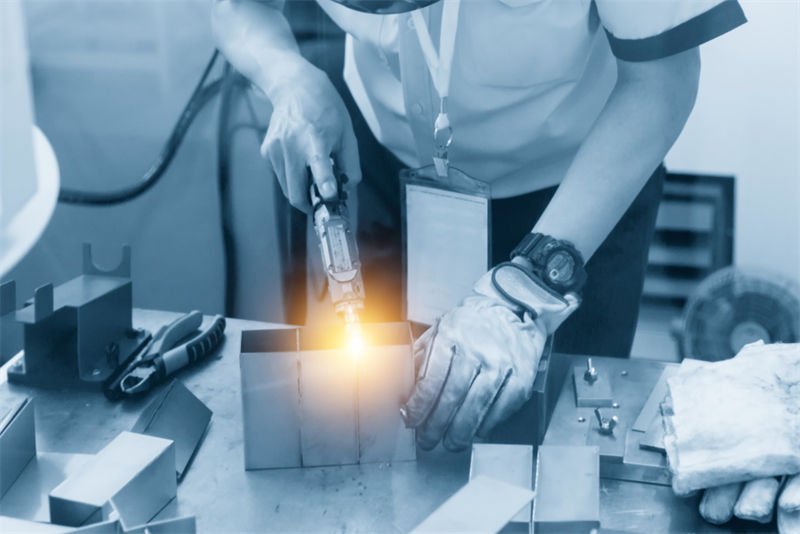
Thinking about stepping up your welding game? A portable laser welder could be just what you need.
Portable laser welders bring a host of benefits, like boosting energy efficiency, speeding up processes, enhancing weld quality, and offering versatility across various materials. They’re especially useful for businesses aiming to increase productivity without breaking the bank.
Let me tell you, when I first encountered a portable laser welder, it was like discovering a secret weapon in my toolkit. The sleek design and the promise of improved efficiency caught my eye immediately. If you’re anything like me, constantly juggling projects and seeking ways to optimize performance, this tool might just be your new best friend. Whether you’re working on intricate pieces or handling diverse materials, the versatility and precision of these welders can transform your workflow. Imagine cutting down the time you spend on each project while still achieving flawless results—it’s a game-changer.
Portable laser welders are more energy-efficient than traditional methods.True
Portable laser welders consume less energy, reducing operational costs.
Traditional welders are faster than portable laser welders.False
Portable laser welders offer higher speed, improving productivity.
How Does a Portable Laser Welder Improve Energy Efficiency?
Imagine transforming your manufacturing process with a tool that’s as efficient as it is portable. That’s the magic of portable laser welders!
Portable laser welders boost energy efficiency by focusing laser beams precisely, cutting down energy waste and speeding up operations compared to traditional methods. Their compact design reduces power use, making them a cost-effective and eco-friendly choice.
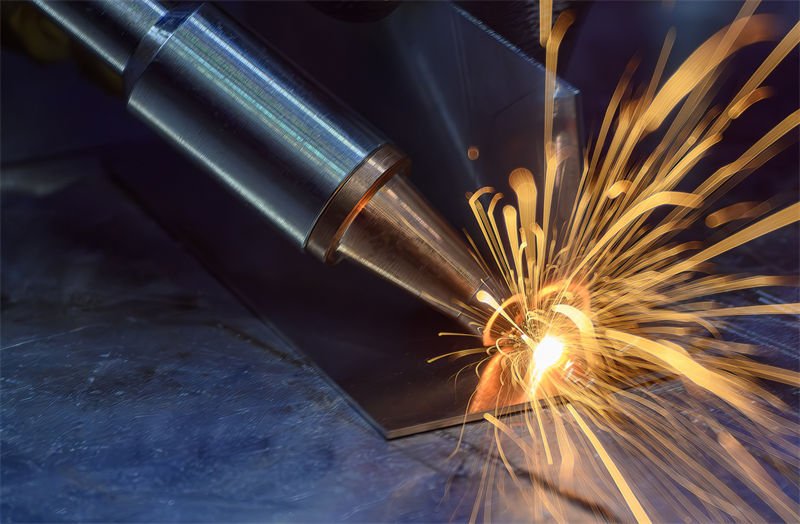
The Precision Advantage of Laser Technology
Let me tell you, when I first saw a portable laser welder in action, I was genuinely amazed. It’s like watching a maestro conduct a symphony, each laser beam precisely focused on its target. Unlike traditional arc welding that often feels like trying to hit a bullseye while blindfolded, laser welding is all about precision. This accuracy means less wasted energy and improved operational efficiency1.
Speed and Efficiency in Production
Remember those days when you had to wait forever for a weld to finish? Portable laser welders have changed the game. They zip through tasks faster than you can say "done," which means less time spent with machines running and more time for you to enjoy your coffee break. This speed not only saves time but also slashes energy consumption.
| Feature | Traditional Welding | Portable Laser Welding |
|---|---|---|
| Heat Dissipation | High | Low |
| Operation Speed | Moderate | High |
| Energy Consumption | High | Low |
Compact Design: Space and Energy Saver
These welders are the Marie Kondo of the welding world—small, efficient, and neat. I’ve always marveled at how their compact design doesn’t just save space but also cuts down on energy usage. You can take them anywhere you need precision, whether it’s tight corners or wide-open spaces, boosting energy efficiency2 every step of the way.
Cost-Effectiveness and Environmental Impact
What’s better than saving money while saving the planet? Portable laser welders offer this dual benefit by minimizing energy waste and operational costs. They align perfectly with sustainable practices, making them ideal for any business looking to reduce its environmental impact.
In essence, if you’re aiming to make your production process as smooth as possible while keeping an eye on sustainability, integrating portable laser welders is the way forward. From saving energy to boosting productivity, these machines make a compelling case for themselves in modern manufacturing.
Laser welders reduce energy consumption by 50%.False
Laser welders are more efficient, but no specific 50% reduction is guaranteed.
Portable laser welders operate faster than traditional methods.True
Laser welders complete tasks quicker, reducing machine operation time.
What Types of Materials Can Be Welded with a Portable Laser Welder?
Ever wondered if a portable laser welder could be the right tool for your next project? Join me as I share insights on the materials you can weld with this amazing technology.
Portable laser welders can weld metals like stainless steel, carbon steel, aluminum, and titanium effectively. These materials benefit from laser welding’s precision, minimal heat distortion, and strong weld seams.
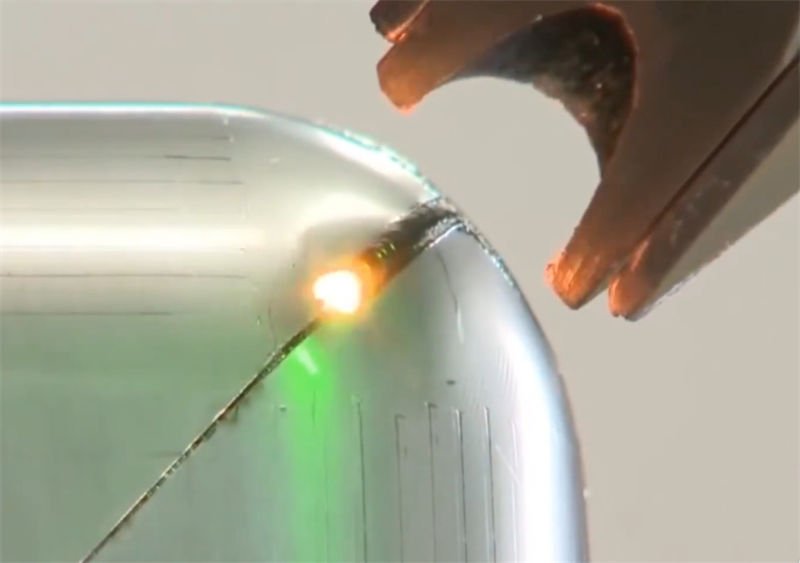
Understanding Material Compatibility
As I dove into the world of laser welding, I discovered its remarkable ability to create precise and clean welds with almost no distortion. Yet, not all materials respond equally well. Let’s take a closer look at the key materials3 that are compatible with portable laser welders.
| Material | Suitability | Benefits |
|---|---|---|
| Stainless Steel | Highly Suitable | Clean finish, corrosion-resistant |
| Carbon Steel | Suitable | Strong joints, cost-effective |
| Aluminum | Moderately Suitable | Lightweight, high thermal conduct. |
| Titanium | Highly Suitable | High strength, excellent bio-compatibility |
Welding Stainless Steel
I’ve found stainless steel to be a favorite in laser welding circles due to its corrosion resistance4 and robust nature. The high energy density of laser welding creates a seamless joint that often negates the need for filler material.
Welding Carbon Steel
When I first tried my hand at welding carbon steel, I quickly realized how cost-effective it was, yielding strong welds. However, mastering the parameters like speed and power was crucial to sidestep defects.
Challenges with Aluminum
Aluminum can be a tricky one! Its high thermal conductivity means precise control of laser parameters is essential. But with the right approach, laser welding can bond aluminum effectively.
Titanium: Strength Meets Precision
Titanium’s strength and bio-compatibility make it a go-to for industries like aerospace and medical devices. Laser welding offers the precision needed for sensitive applications5.
The adaptability of portable laser welders across these materials has made them invaluable in various industries. For more insights on leveraging these capabilities in your projects, consider exploring further resources.
Stainless steel is unsuitable for laser welding.False
Stainless steel is highly suitable due to its corrosion resistance.
Aluminum requires precise laser control when welding.True
Aluminum's high thermal conductivity demands precise laser parameter control.
How Does Laser Welding Compare to Traditional Methods?
Remember the thrill of discovering a tool that just seems to fit perfectly into your work routine? That’s what laser welding feels like.
Laser welding often surpasses traditional methods in weld quality due to its precision, minimal distortion, and versatility across materials. However, it’s crucial to weigh these benefits against factors like cost and complexity.
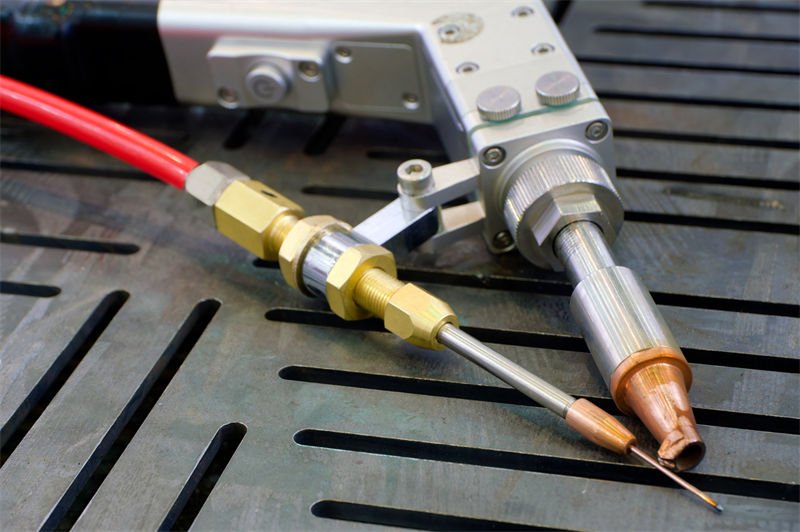
Comparing Weld Quality
Imagine trying to draw a perfect line with a pencil versus a fine-tipped pen. Laser welding is that fine-tipped pen, offering precision that leads to cleaner, smoother welds with minimal post-processing. It’s like upgrading from a tricycle to a sleek bicycle; suddenly, the ride is smoother, and the control is impeccable. Traditional methods, while reliable, often introduce more heat and can warp materials, much like trying to fit a square peg into a round hole when conditions aren’t ideal.
Materials and Applications
Think of laser technology as the Swiss Army knife of welding—it handles various materials6 with ease. From aerospace to automotive industries, it tackles intricate parts and thin sections without breaking a sweat. For example, joining dissimilar metals that would otherwise make you pull your hair out using conventional techniques becomes straightforward with lasers.
| Material | Laser Welding Suitability | Traditional Welding Suitability |
|---|---|---|
| Stainless Steel | High | Moderate |
| Aluminum | High | High |
| Copper | Moderate | High |
Cost and Accessibility
Here’s the catch: laser welding can be pricey upfront. It’s like considering whether to buy that high-end espresso machine—you know it’s worth it in the long run, but the initial cost can sting. While prices in regions like Shandong7, China are becoming more competitive, they still demand a significant investment compared to traditional setups.
Plus, operating a laser welder isn’t just plug-and-play. It requires specialized training, almost like learning to drive stick when you’ve only ever driven automatic. Weighing these costs against the potential efficiency gains is key.
Industry Perspectives
The industry buzz around laser technology is hard to ignore—it’s akin to the excitement over the latest smartphone launch. A survey8 among manufacturing professionals shows a growing shift towards laser welding for its quality and versatility.
Yet, some sectors remain on the fence, cautious about the steep learning curve and initial costs. For smaller operations, sticking with traditional methods might still be the safer bet, offering a more accessible entry into metal joining without the upfront investment.
As laser welding technology continues to evolve, it might just address these concerns. Diving deeper into this topic could reveal insights into how it might shape industries in the years to come.
Laser welding reduces material distortion.True
Laser welding's precision minimizes heat input, reducing distortion risk.
Traditional welding is more cost-effective than laser welding.True
Traditional methods have lower initial costs compared to laser technology.
What Are the Potential Challenges When Using Portable Laser Welders?
Imagine holding the power of precision welding right in your hand, but wait – it’s not all seamless. Let me walk you through the hurdles I faced with portable laser welders.
The main challenges of using portable laser welders include safety risks, operational complexities, and maintenance demands. With proper training, regular equipment checks, and adherence to safety protocols, these issues can be effectively managed.
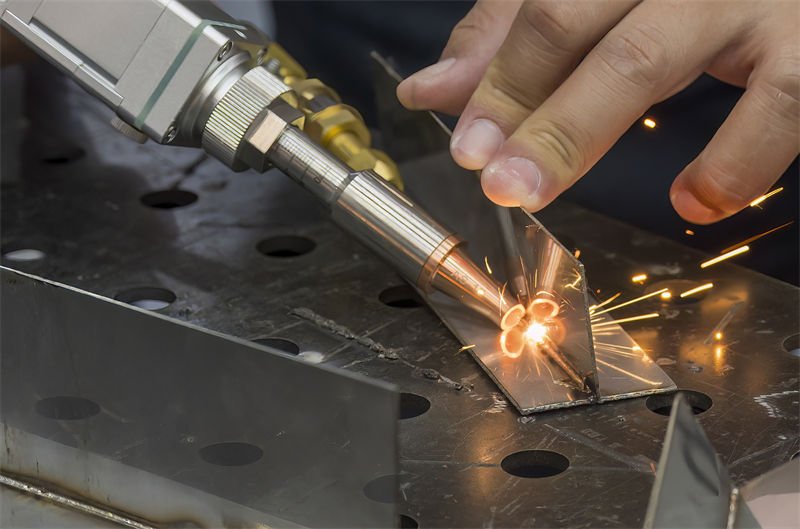
Safety Concerns with Portable Laser Welders
When I first started working with portable laser welders, the safety aspect was a real eye-opener. I remember the day I almost walked into a laser beam without my goggles – a rookie mistake that could’ve cost me dearly. Ensuring safety means having the right protective equipment9 like goggles and gloves at all times. Regular safety drills were my saving grace in avoiding accidents.
Operational Complexities
Diving into the technical side was no walk in the park either. Operating these machines felt like trying to understand a new language. The settings are like a puzzle, and each parameter needs precise adjustment to avoid ruining the weld or the material itself. I spent countless nights tinkering with an operational guide10, slowly becoming fluent in this ‘language’ of laser welders.
Maintenance Requirements
Maintenance was another beast altogether. It’s like caring for a high-maintenance car; neglecting it could lead to costly breakdowns. I learned this the hard way when a neglected wire feeder led to an expensive fix. Now, I swear by my maintenance checklist11 to keep everything running smoothly.
| Challenge | Description |
|---|---|
| Safety Risks | Involves exposure to harmful laser beams; requires PPE and training. |
| Operational Complexities | Requires understanding of technical settings for effective use. |
| Maintenance Demands | Needs regular checks to prevent breakdowns and ensure longevity of the device. |
Economic Considerations
Initially, the price tag of these machines seemed manageable, but the hidden costs piled up quickly. Between repairs and consumables12, expenses can sneak up on you if you’re not careful. Exploring financing options or leasing agreements has been my strategy to keep costs under control.
In grappling with these challenges, I’ve found that a proactive approach, leaning into best practices, can really turn things around. If you’re looking to get ahead with portable laser welders, check out more of our resources13 for tips and tricks that have worked wonders for me.
Proper PPE is optional when using portable laser welders.False
Protective equipment is essential to prevent injuries from laser exposure.
Regular maintenance reduces breakdowns in portable laser welders.True
Frequent checks ensure all parts function properly, preventing costly repairs.
Conclusion
Portable laser welders enhance efficiency, precision, and versatility in welding processes while reducing energy consumption and operational costs, making them ideal for modern manufacturing needs.
-
Explore how precision-focused laser beams reduce energy waste and enhance operational efficiency, offering an edge over traditional welding methods. ↩
-
Learn how the compact design of portable laser welders minimizes space usage and enhances energy efficiency, contributing to sustainable industrial practices. ↩
-
Explore a detailed list of materials that work well with laser welding to maximize your welder’s potential. ↩
-
Learn why stainless steel is a top choice for laser welding, focusing on its advantages. ↩
-
Understand the specific applications and benefits of using laser welding for titanium materials. ↩
-
Discover the range of materials that can be effectively welded using laser technology. ↩
-
Explore current pricing trends for laser welding equipment in Shandong, a major production hub. ↩
-
Gain insights from industry surveys on the growing adoption of laser welding technology. ↩
-
Learn about essential protective gear to ensure safety when operating laser welders. ↩
-
Get a detailed guide on mastering portable laser welder operations. ↩
-
Discover a checklist for maintaining your laser welder in top condition. ↩
-
Understand the recurring consumable costs associated with laser welding. ↩
-
Access comprehensive resources to tackle common laser welding challenges. ↩



